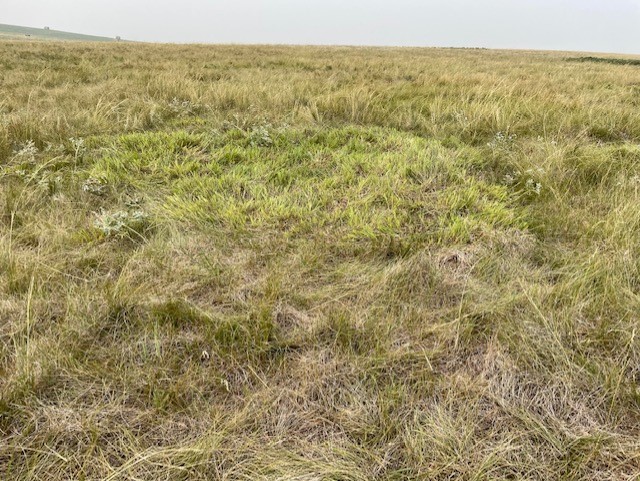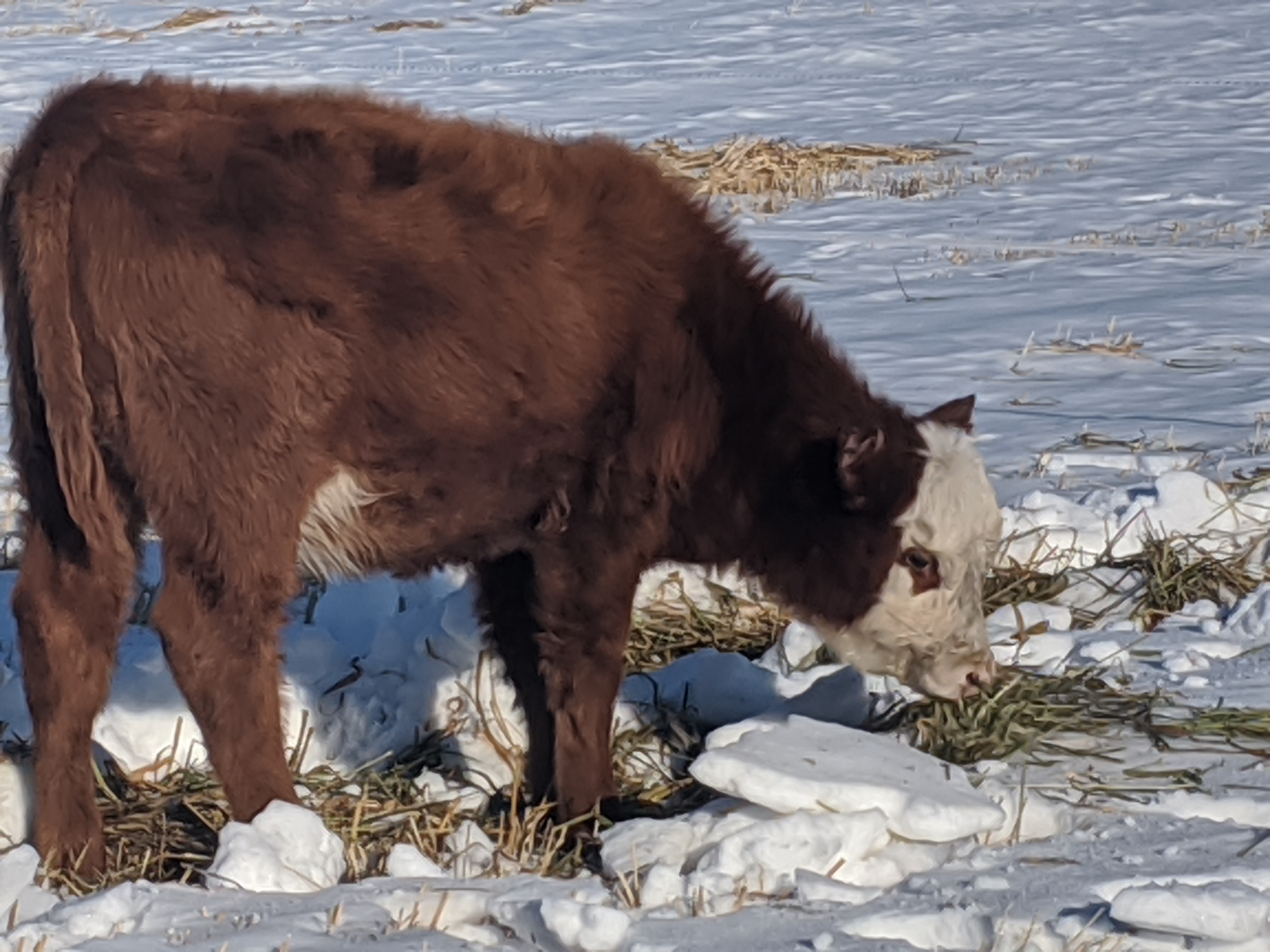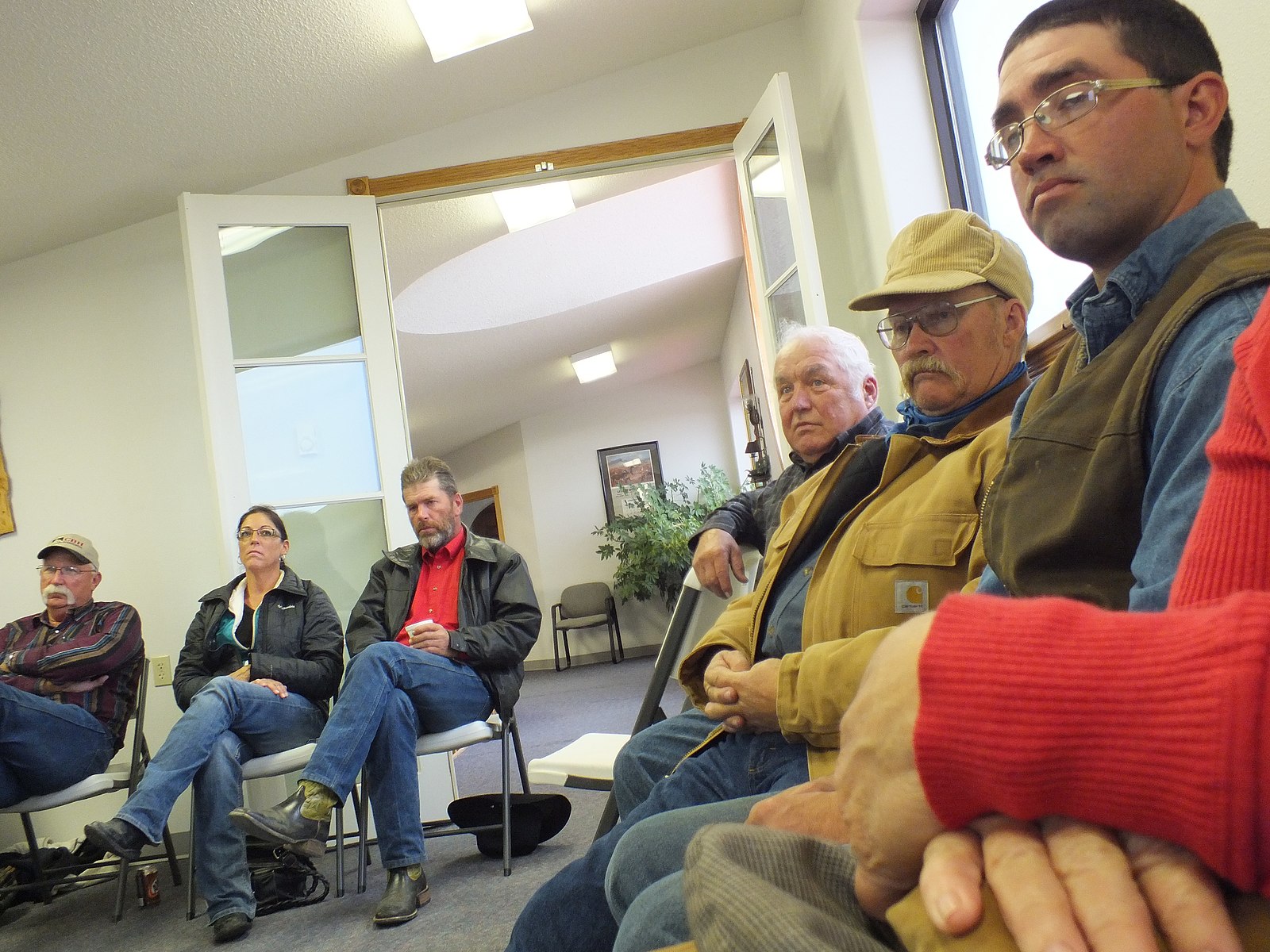Search

Targeted Grazing Strategies for Kentucky Bluegrass Control
Fact sheet for targeted grazing strategies for Kentucky bluegrass control.

Frequently Asked Questions - Forage Nitrate Toxicity in Ruminant Livestock
A fact sheet to address frequently asked questions about forage nitrate toxicity in ruminant livestock.

Forage Inventory and Demand Calculator
Calculator for inventorying livestock and forage on hand to determine additional forage purchase needs, or livestock sales.

Livestock Vaccines: How They Work and How to Ensure They Do Their Job
Fact sheet about vaccine basics and tips to maintain vaccine viability for cattle producers.

Opportunities for Swath Grazing in South Dakota
Fact sheet on the opportunities for Swath Grazing in South Dakota

Noxious Weeds of South Dakota
Pictorial reference guide of noxious weeds in South Dakota

Sheep Facilities and Moisture
Fact sheet for keeping a barn comfortable and dry to increase lamb survival.

Communication: Importance of Social Support in Agriculture
Maintaining open communication and seeking social support can help producers get through difficult times.

Field Pea Variety Trial Results
In 2023, field pea trials were planted at different locations in South Dakota.

Lawn Weed Control
Cultural weed control practices must be included in weed management programs to optimize control and inhibit re-infestation. A healthy, dense turf cover is the best overall defense against weed invasion. Some common cultural weed control practices include planting the most adapted turfgrass species for your environment (i.e. shade, full sun, or hot, dry conditions), maintaining a mowing height of 2.5–3.5 inches, watering deeply but less frequently, and proper soil maintenance including fertilization and core aerification.